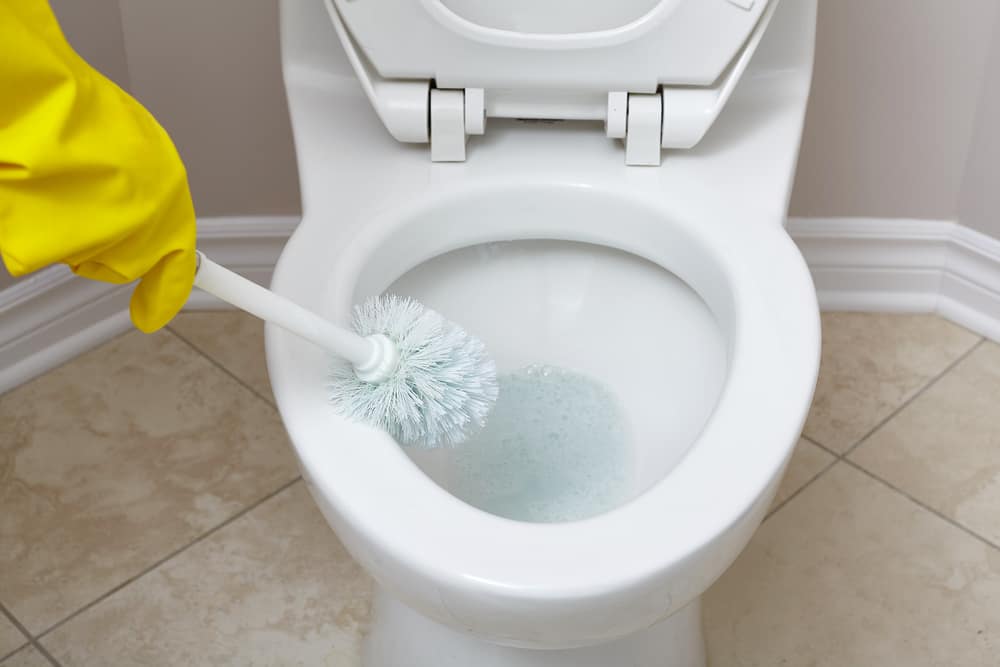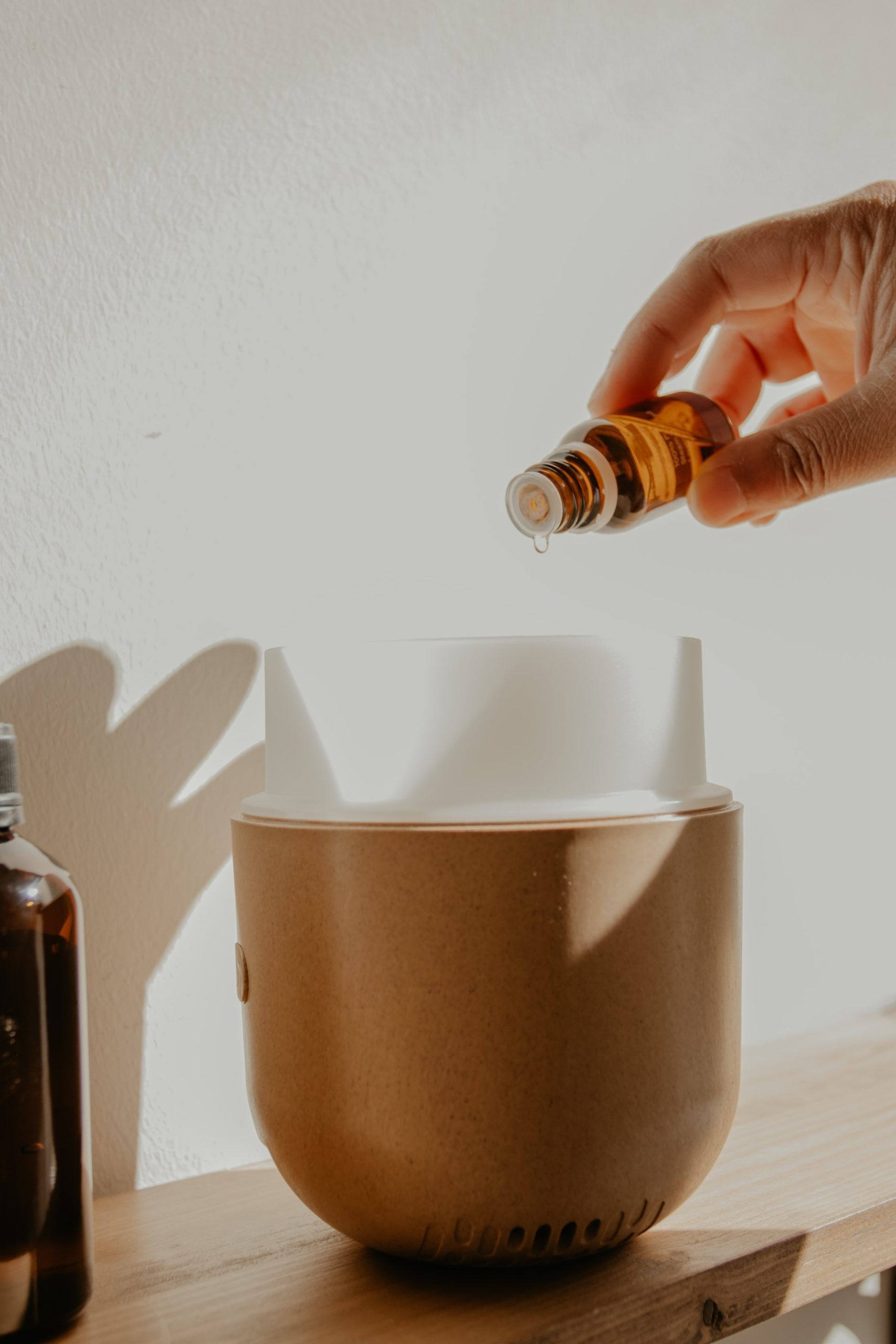Porcelain tile floors are durable and very resistant, but do you know how to clean them without damaging or mistreating the aesthetics of their finish? Not to worry if you don’t – we’ve got you covered! In our cleaning and ordering section, we show you how to clean a porcelain floor with a quick and very simple technique.
In general, porcelain floors are very easy to clean and maintain due to their almost zero porosity. In other words, it is not necessary to use abrasive and/or highly concentrated detergents for daily care and maintenance.
Instead, the best detergent will also be the simplest: a pH-neutral floor soap without additives or polishing agents.
You can also use a special detergent for this type of floor, although – we insist – with the neutral pH soap, it will be more than enough to keep the porcelain floors like the first day.
Now, is the neutral pH soap valid for all finishes? Porcelain floors are characterized by a wide variety of finishes: matte, glossy, wood imitation, etc.
We even have to differentiate if we are going to do a deep cleaning or just a regular cleaning. We will start by seeing how to clean porcelain floors after installation.
How to Clean Porcelain Floors after Installation
If you have just installed a porcelain floor, you will have to deal with complicated stains such as paint stains, whitish limescale marks or even cement or encrustations.
For this first cleaning, it is best to scrub the newly installed porcelain floor with only warm water and a soft mop. It is even better if it is made of microfiber.
If there are still traces of cement or paint on the first pass, use a little soap and a soft bristle brush to remove these encrustations. You can use, for example, a recycled toothbrush and a floor soap. You can even use a mixture of water and vinegar, always diluting one part vinegar to three parts water.
After removing the stains, re-mop with warm water only and a microfiber mop.
Regular Cleaning of Porcelain Floors
On the other hand, the best technique for keeping porcelain floors clean is to scrub them with a mixture of warm water and pH-neutral soap. The head of the mop, better if it is microfiber, because it is better suited to this type of floor.
If the porcelain floor is very dirty, first remove the dust and lint with a dense and soft broom. You can also do this with a mop or vacuum cleaner. Then scrub it using a neutral pH soap and warm water, never hot or very cold.
It is important that no traces of detergent remain on porcelain floors, so if necessary, rinse it with a second scrubbing, wringing out the mop as much as possible.
To clean the joints of porcelain floors, use a solution of 3 parts water and 1 part potash. Apply the resulting liquid to the grout and use a toothbrush to remove the dirt. Finally, rinse with a semi-wet cloth. We repeat: it is important that no cleaning product remains!
You can apply this same method on floors with coatings.
Another ideal detergent to get rid of dirt on the joints is liquid ammonia. It should also be diluted before application.
Home Remedy for Porcelain Floors
If the porcelain floor has a persistent stain, use the following home remedy: add a little apple cider vinegar to a bowl of warm water and use a soft bristle brush to remove the embedded dirt. The key is to let the vinegar sit on the floor for 5 minutes.
Don’t forget to rinse the floor with hot water to remove any remaining vinegar and air out the room, as vinegar has a very distinctive smell.
Tips for Maintaining Porcelain Floors
To avoid damaging the finish of porcelain floors, keep the following tips in mind:
- Do not use acidic or abrasive detergents, such as bleach (chlorine, bleach), salfuman, cleaning vinegar, among others. Do not use steel wool or hard brushes to clean them either.
- Do not use wax or varnish to polish wood-effect porcelain floors. This will only create stains that are difficult to remove.
- When scrubbing the floors, use little soap, i.e., no need to cover them with a layer of foam. Always add the amount recommended by the product manufacturer.
- Always use a clean microfiber mop.
As you can see, cleaning porcelain floors requires very little effort, as long as you follow the instructions we have taught you and the manufacturer’s instructions of the product you buy, of course! Any other tips? Share them in the comments below.





1 Comment
[…] There’s nothing like an inflatable pool to help you and your children have a great time together. Installed on flat ground or in the garden, this simple and practical accessory offers the same advantages as an in-ground pool. Like an in-ground pool, an inflatable pool requires some maintenance. Properly applied, they keep the water clean and healthy, to the delight of bathers! What kind of care is required? So, without further ado, let’s dive into this blog and learn some of the things you need to know for cleaning your inflatable pool. […]